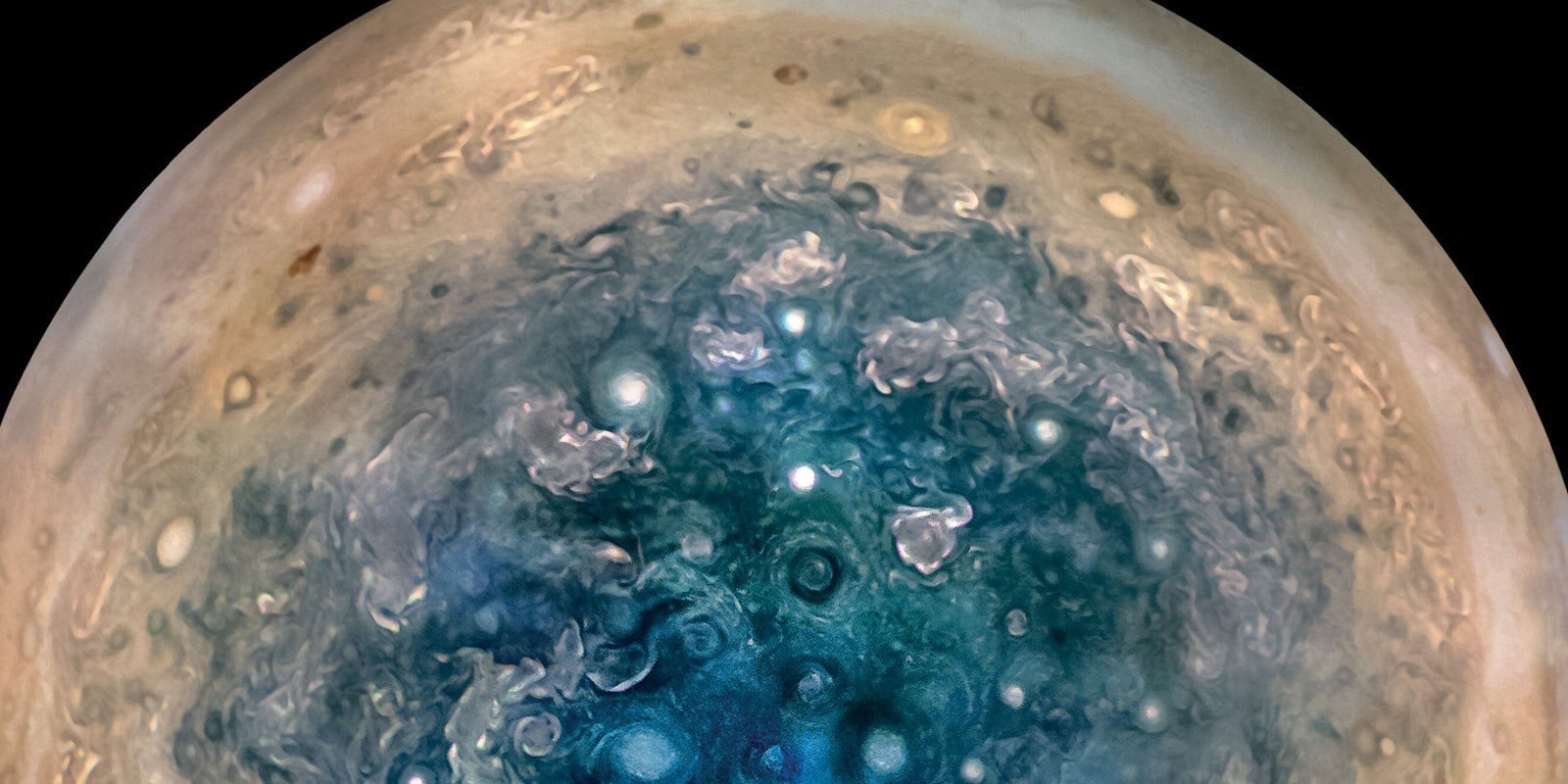NASA has released new information on Jupiter that was collected during its Juno Mission, revealing even more about our solar system’s largest planet.
Juno, the space probe that NASA first launched in 2011, reached Jupiter in 2016 and is orbiting the planet. Juno is equipped to collect data on gravity and magnetic fields, thermal microwave radiation, infrared waves, and other relevant data.
And in this batch of information released Thursday, NASA revealed that Jupiter has Earth-sized storms at both of Jupiter’s poles. It also discovered Jupiter has even stronger magnetic fields than previously suspected (and it already had the strongest magnetic fields in the solar system), making it 10 times stronger than the most powerful magnetic field on Earth.
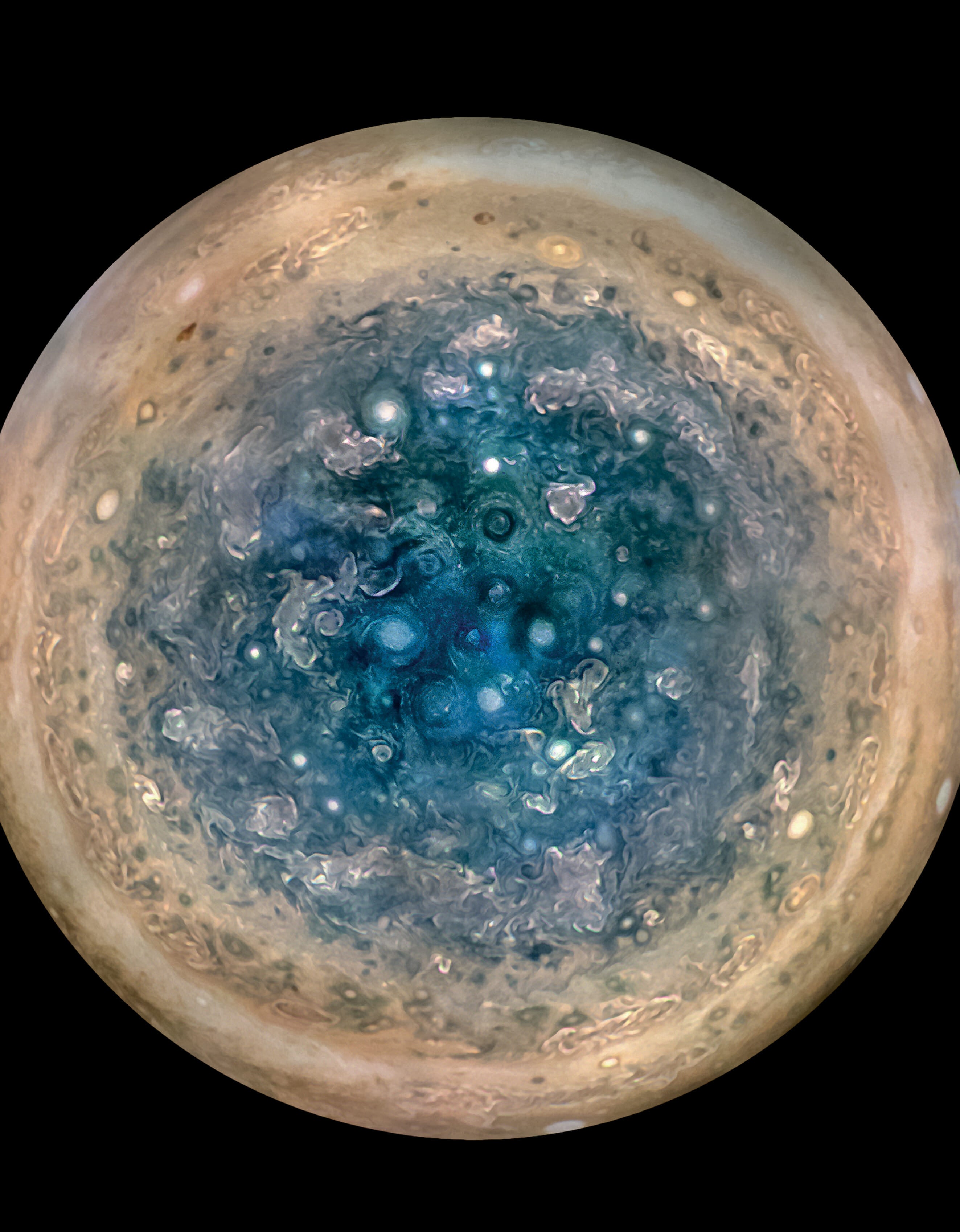
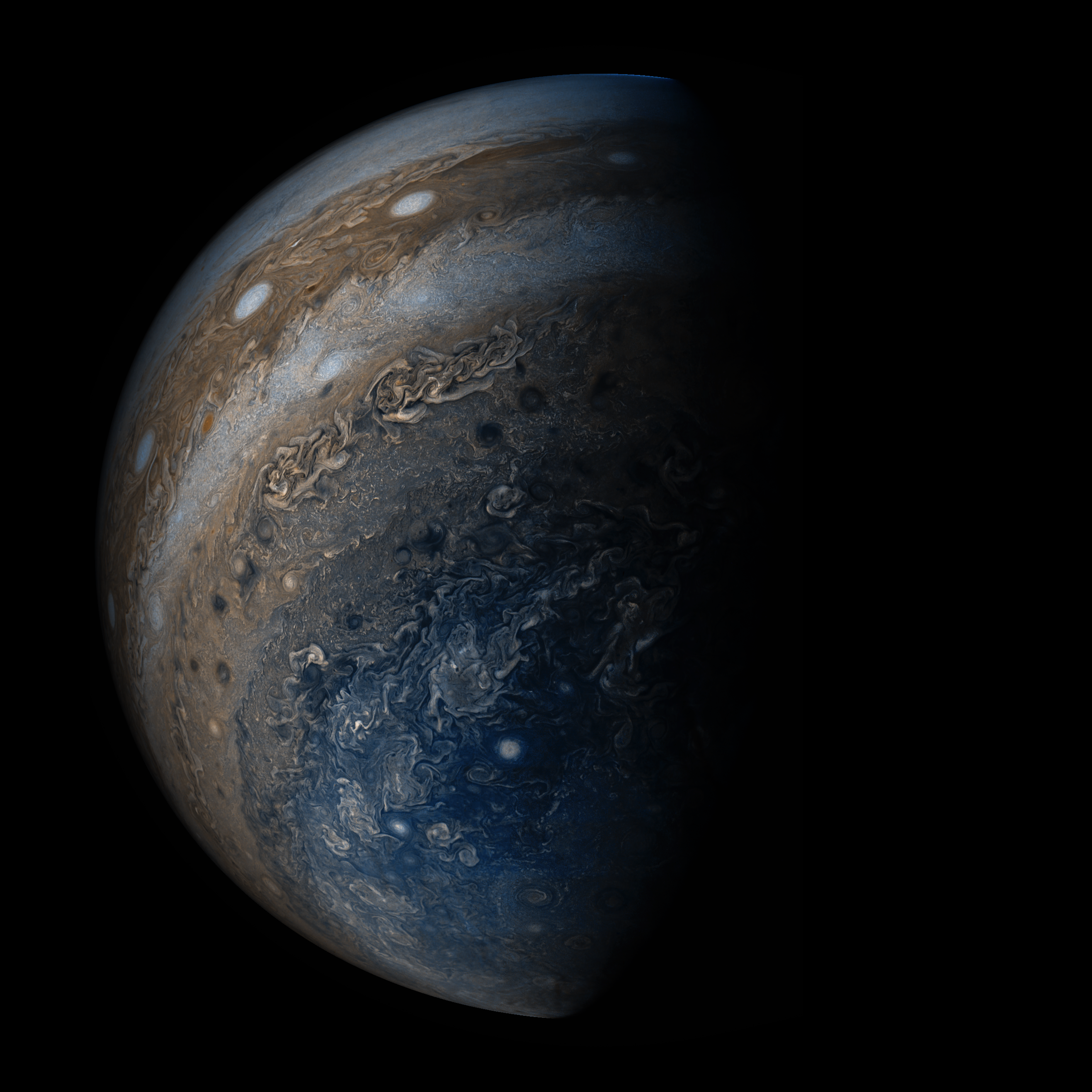
“We are excited to share these early discoveries, which help us better understand what makes Jupiter so fascinating,” Diane Brown, Juno program executive at NASA Headquarters in Washington, said in a statement. “It was a long trip to get to Jupiter, but these first results already demonstrate it was well worth the journey.”
NASA also released numerous photos taken by Juno, which showcase the “polar cyclones” on Jupiter and the incredible swirls and colors on the planet’s surface.
“We knew, going in, that Jupiter would throw us some curves,” Scott Bolton, Juno principal investigator from the Southwest Research Institute in San Antonio, said. “But now that we are here we are finding that Jupiter can throw the heat, as well as knuckleballs and sliders. There is so much going on here that we didn’t expect that we have had to take a step back and begin to rethink of this as a whole new Jupiter.”
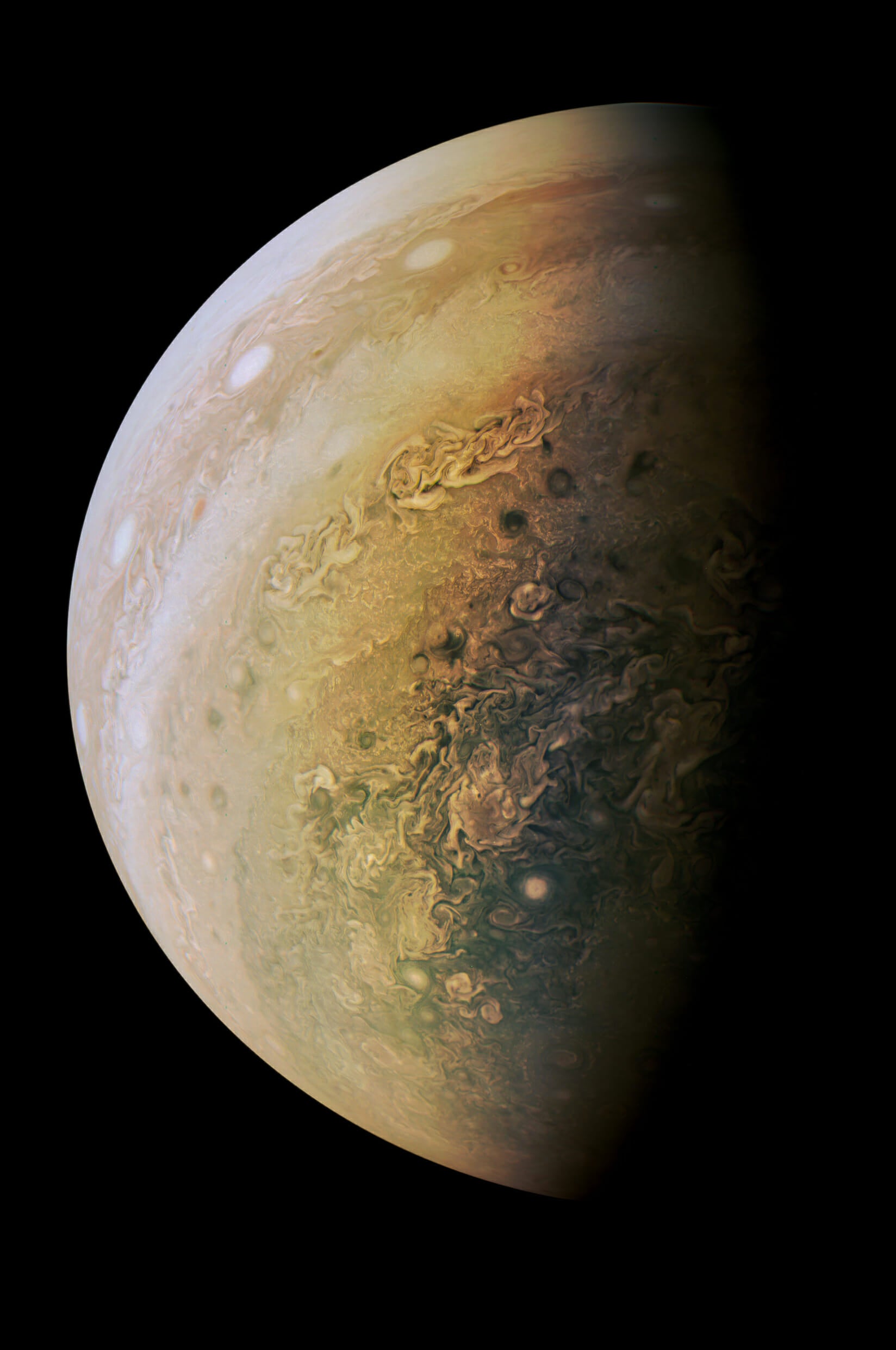
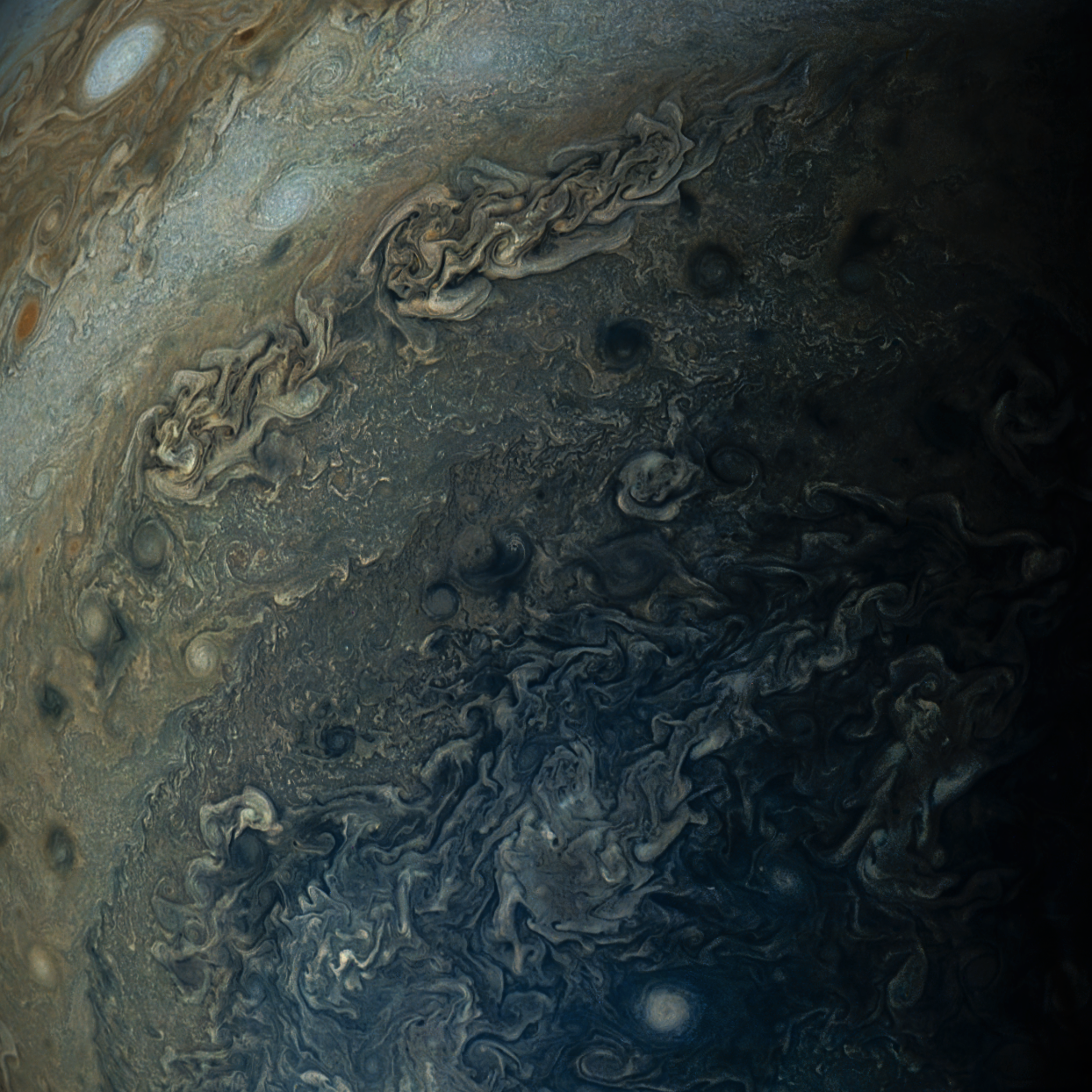
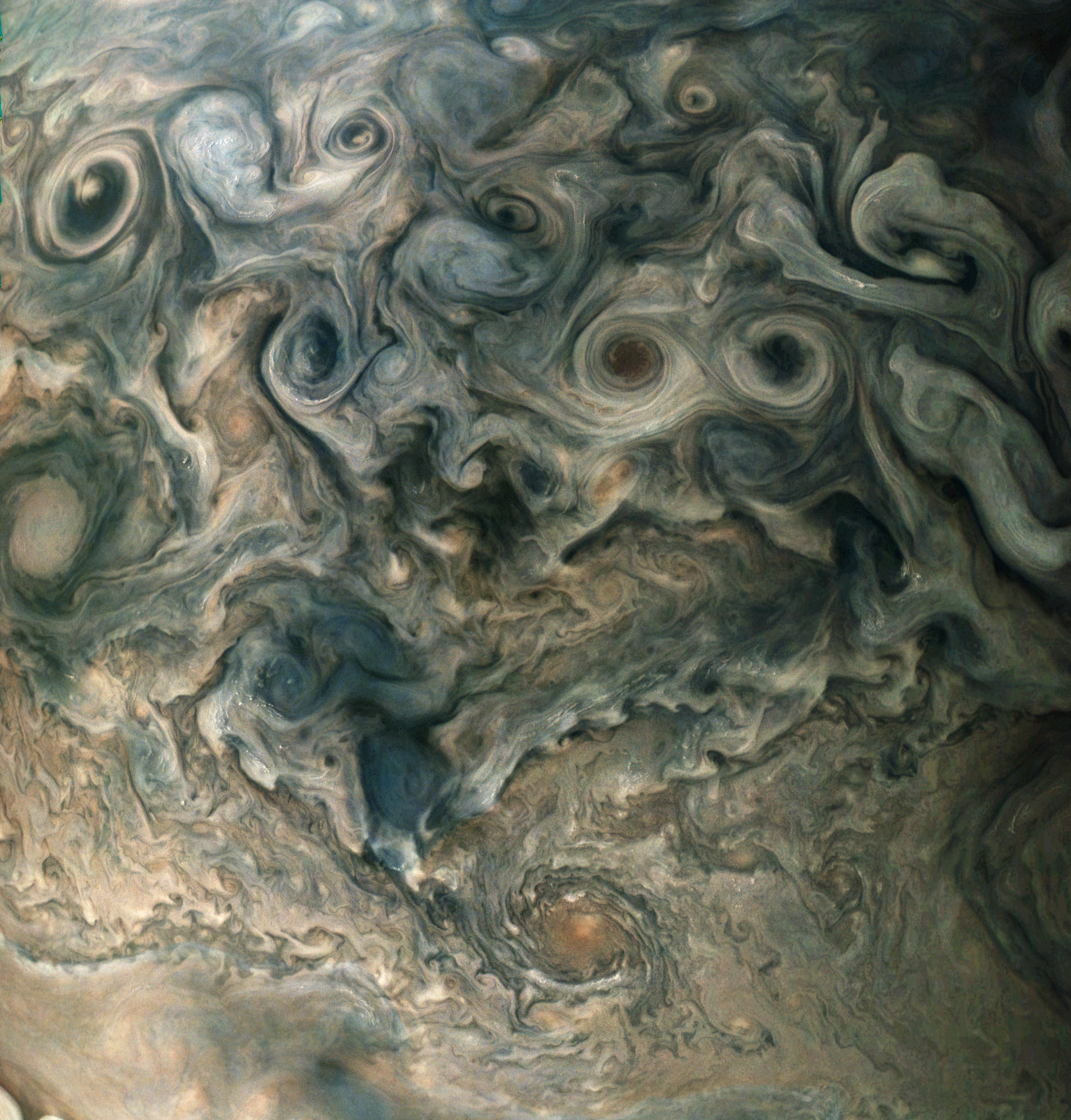
Juno is still orbiting Jupiter and will travel closer to capture more photos and data every 53 days, with the next flyby taking place July 11—which will take Juno directly over Jupiter’s Great Red Spot. Juno will explore the planet until around February 2018, when it will crash into the planet.
You can view more photos on the Juno Mission website.
H/T Gizmodo

